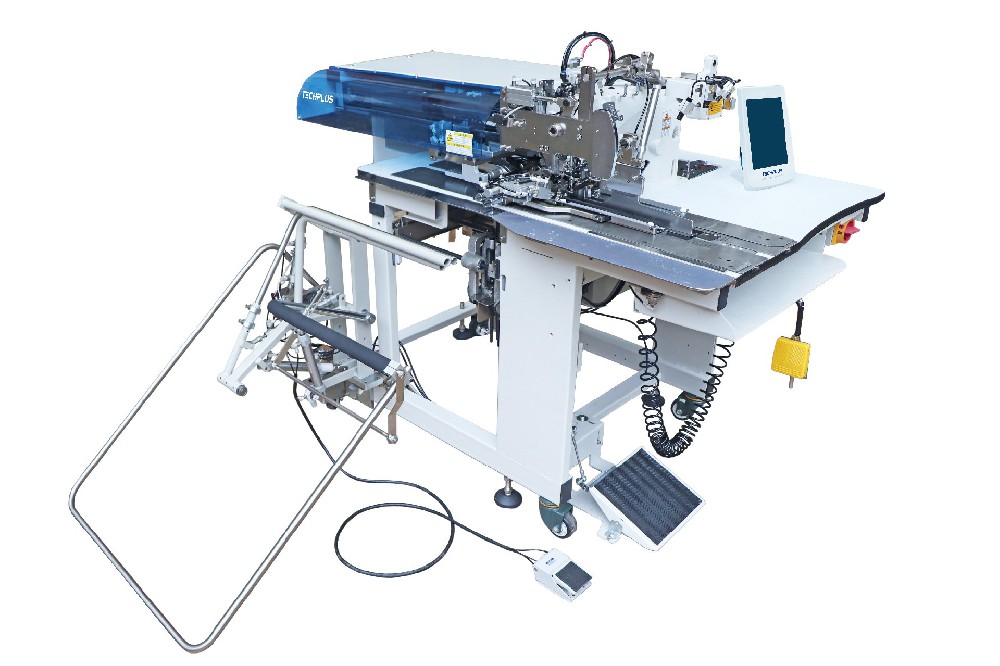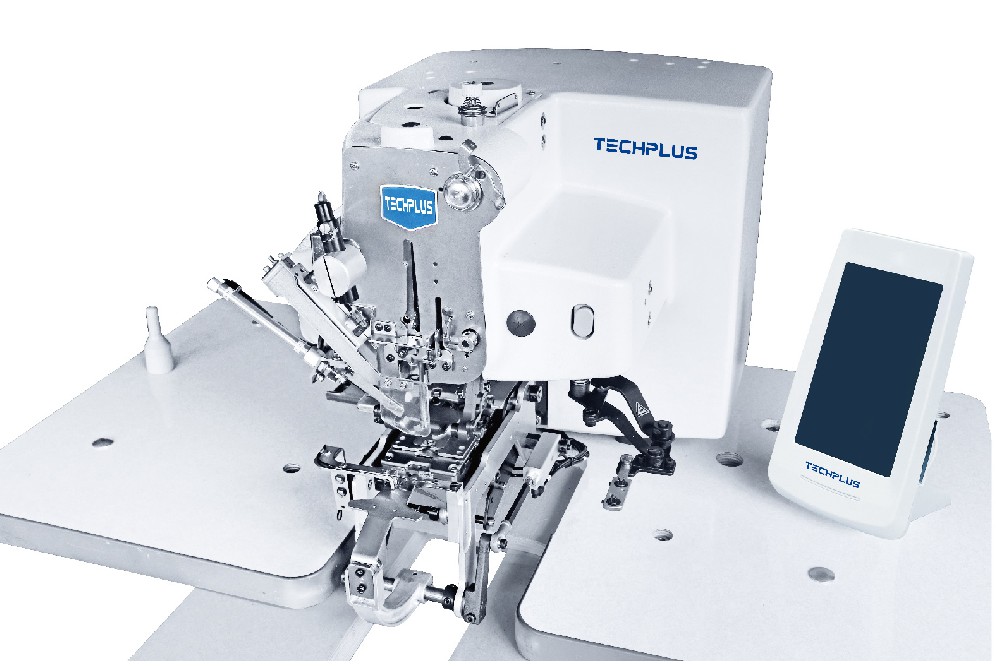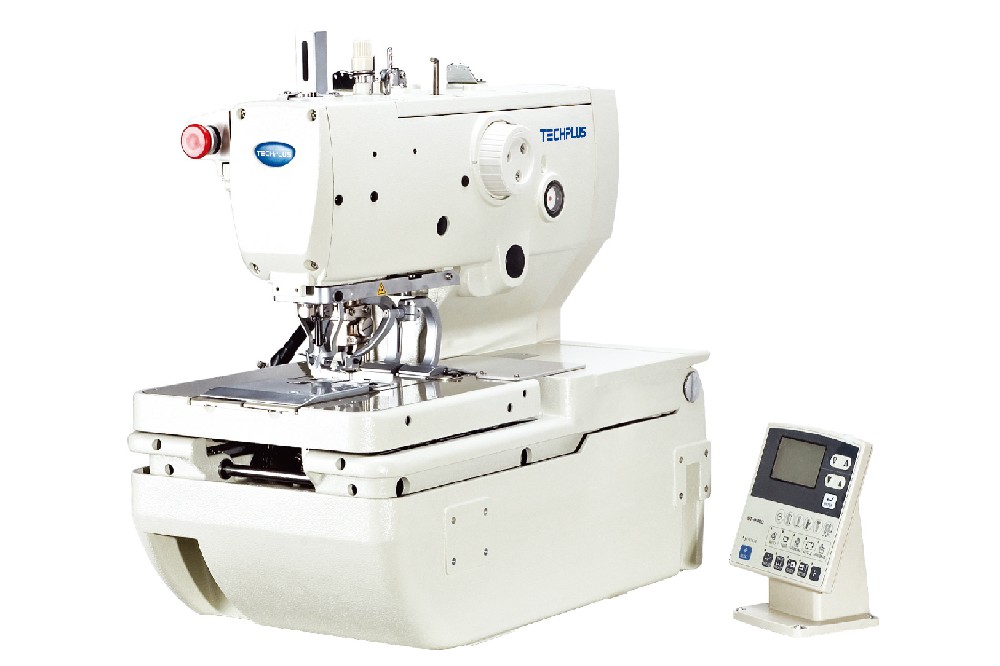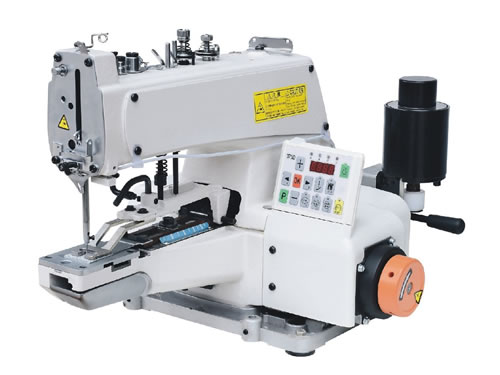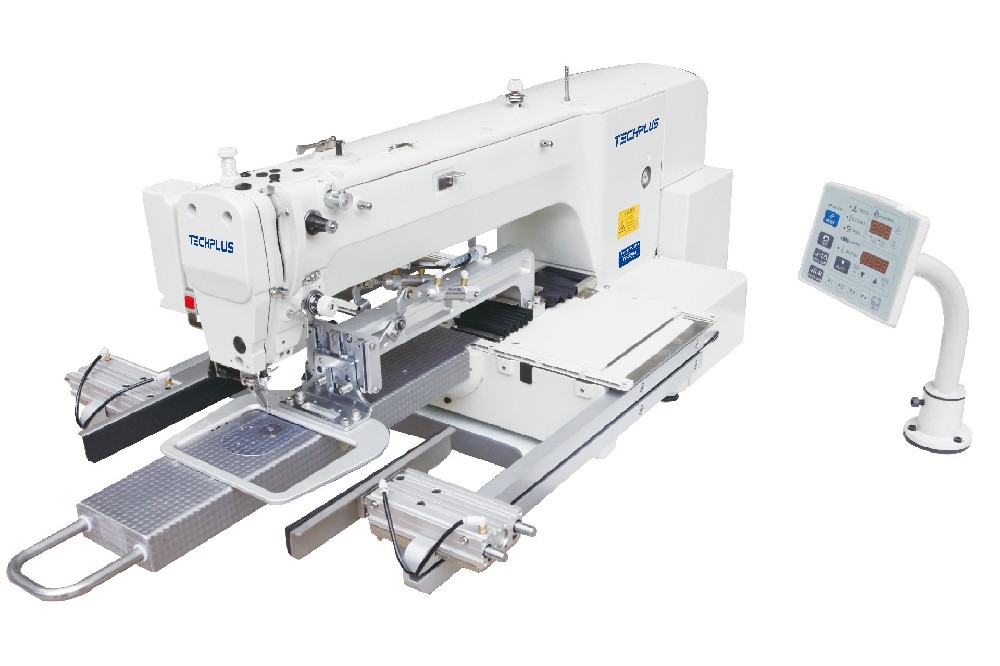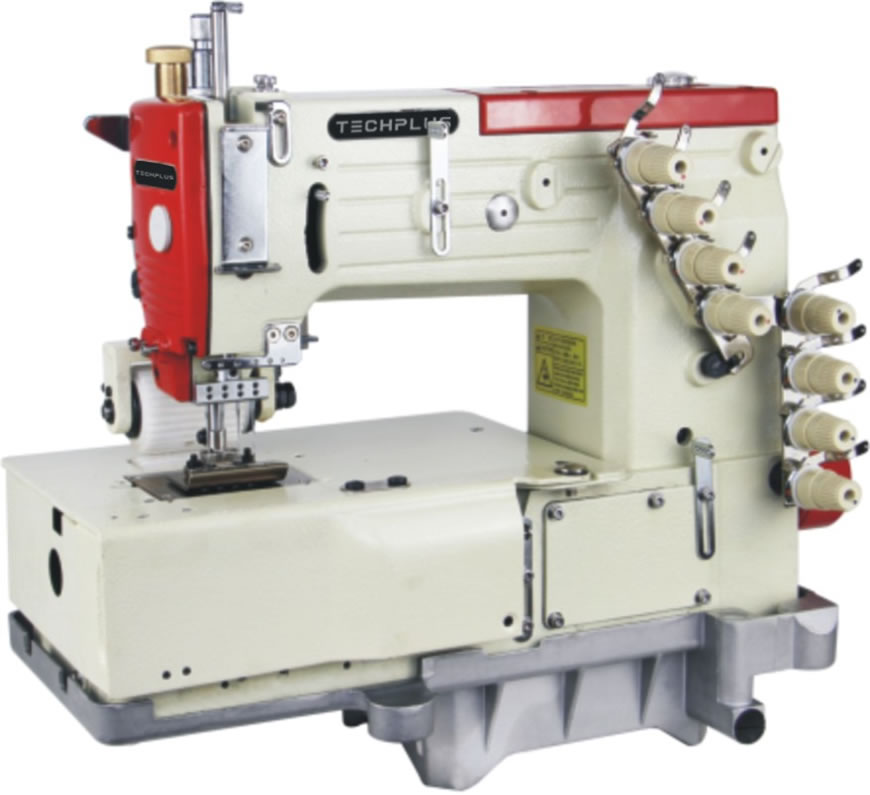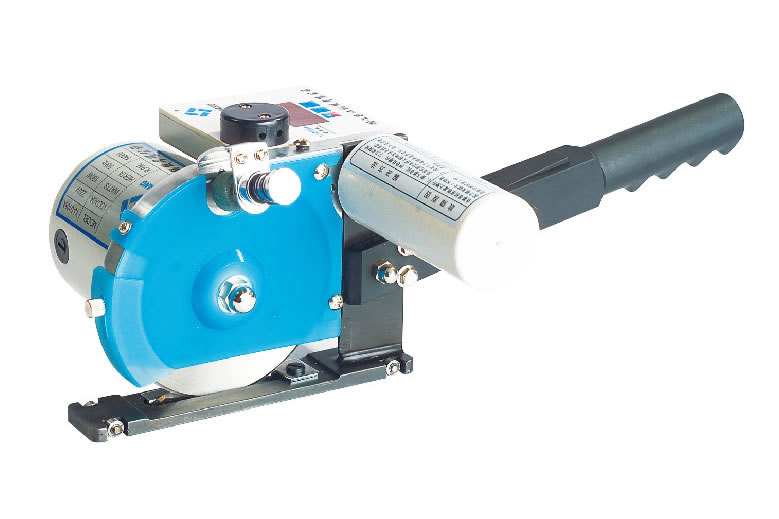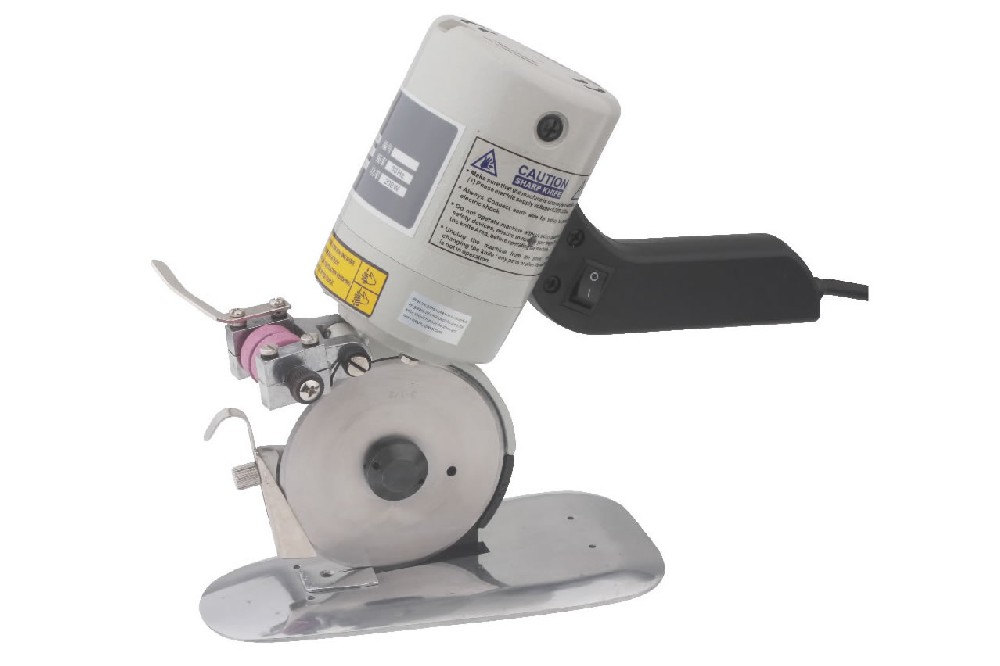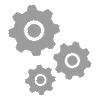
Special Sewing Machines
Template Programmable Pattern Sewing Machine
Multi-Needle Sewing Machine Series
Lockstitch Sewing Machine Series
WELCOME TO YUEQING JIEXING SHENGJIA COMPANY
One-stop purchasing platform, A professional assistant at your side
Featured products
FROM THE NEWS
2121-01-30
How to choose a computer sewing machine?
The so-called computer-controlled sewing machine is popularly speaking, it is the computer sewing machine. With the continuous adjustment of the market and consumption structure, the low- and medium-speed industrial sewing machine can no longer meet the production needs, and the sewing machine is de
2121-01-30
Computerized sewing machine equipment maintenance and maintenance methods
Computer sewing equipment maintenance and maintenance methods1. A reasonable working environment for computer sewing equipment. First of all, do not install the equipment in a place with strong electric noise or high-frequency welding. The strong electric noise will affect the equipment or cause the

